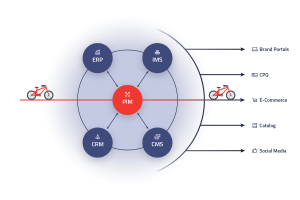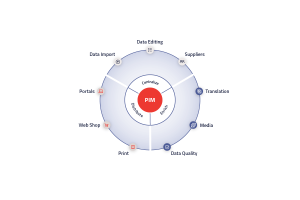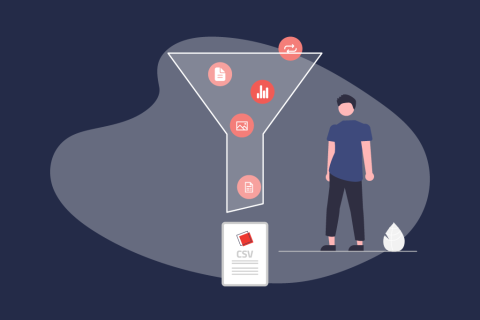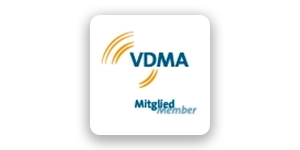Product Communications
The Fantastic Five: ERP, IMS, CRM, CMS, and PIM
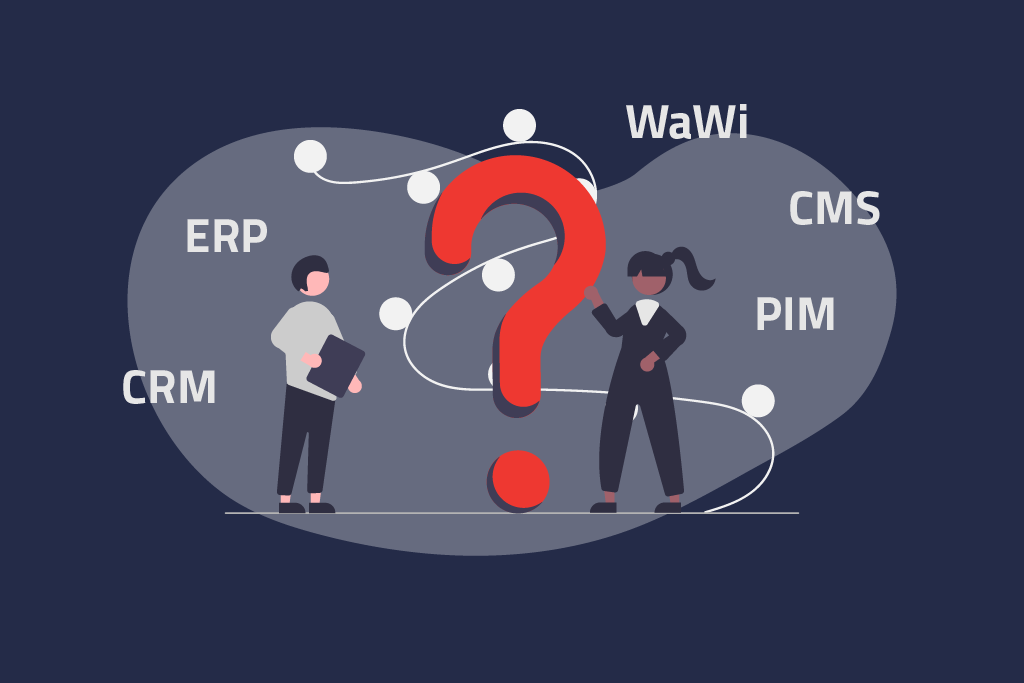
Content
ERP, IMS, CRM, CMS, and PIM – where are the Similarities and Differences?
Are you sometimes reminded of popular hip hop songs full of “rapcronyms” and other kinds of abbreviations such as in the popular hit “Miami 2 Ibiza” by the Swedish House Mafia while researching software revolving around the management and organization of your product offers? Doesn’t this issue already pop up as soon as you try to get started? We understand this sentiment very well. Lots and lots of acronyms stringed together as if they were lines in rap lyrics and song titles. Songs such as the one just brought up are similar to what you encounter when informing yourself about software tools: “IMS, CRM, and C-M-S, / ERP or PIM, let’s clean that mess,” one might be tempted to sing along.
Let’s try and see if we can get some order into this alphabet soup. Which abbreviation stands for what? What software takes care of which tasks? Sometimes it’s best to simply spell it out for others: IMS stands for Inventory Management System, ERP for Enterprise Resource Planning, CRM is Customer Relation Management, and CMS is Content Management System. PIM, finally, stands for Product Information Management.
We can illustrate to ourselves how each of these individual systems function by looking at a simple product. Let’s take a bike as an example. Picture your own bike or the bike you always wished you could own for yourself. It doesn’t matter. Now, let’s switch to the perspective of the bicycle dealer: what software is required at which point of the process in order to deliver this fancy bike, be it in thought alone or in reality, straight into your hands as the customer? You’ve defined your ideal frame size and you’ve decided which tires and color etc. to settle for. And this is where we get down to business: there is a substantial difference between manufacturing, stock keeping, offer processing, and distribution. And this is also where mere labels and abbreviations are no longer going to cut it and the systems themselves need to prove what their names only promise. So, let’s have a look!
ERP Software
When configuring a bike as a customer, the individual components are automatically put together by the ERP. Out of this, then, an order is generated out of all positions. ERP solutions know the article number, purchasing price, net price, bulk buy prices, the manufacturer, as well as short descriptions of the items themselves. That is to say, it knows all the information revolving around enterprise resources for each position. The ERP software takes your order and generates out of it the order and delivery note as well as the bill. Additionally, it manages your supplier and customer data.
In connection to all this, the sales numbers, profit analyses, supplier margins, or even sales analyses and balance sheets are also calculated and created with the ERP system. All in all, the ERP system focuses on all business administration tasks relevant to your company. The most well-known ERP providers are SAP or Microsoft Dynamics.
IMS
To be precise, the Inventory Management System is a subset of the ERP system, specializing in the stock keeping department. The Inventory Management System knows your stock and the availability of components of your bike, so that it can even tell you where exactly in your warehouse the spare parts of your bike are physically stored, to bring up the example from above again. It can control minimum and/or maximum stock levels and trigger order recommendations, while also keeping track of all incoming supplies. The IMS identifies non-sellers and can generate an evaluation of your warehouse or inventory list. All such information is transferred over to the ERP system or the online shop. Your benefit: you can already check the availability while ordering. Here, too, prominent systems are SAP or Microsoft Dynamics.
CRM
With a Customer Relationship Management system, you can manage all customer-related information and interaction. It knows, for example, that you’ve already bought three bikes in the past. Let’s assume that you have already purchased a ladies’ bicycle, a men’s bicycle, and a balance bike for toddlers. Accordingly, what would be more natural than displaying an ad for a child’s bike? After all, it can be inferred from the purchasing date that your child has grown up by now. Another scenario may be that you’ve purchased some spare parts. Naturally, it’s most likely the case that your bike has already served its purpose for a few years and it might be a good chance to consider a newer, more attractive model? In this case, too, CRM software can take care of the customer interaction. It sends out targeted mails and ads as well as information for related customer events. Popular CRM solutions include, for example, Salesforce and HubSpot.
CMS
A Content Management System manages all information about your bike and its components on websites or your online shops. Equipped with APIs or other interfaces, it receives all relevant data from the ERP or IMS system, for example prices and availability. However, this is insufficient for establishing an online presence or even an independent web shop. What’s still missing are images, technical data, manuals, datasheets, and much more. The management of such data for your web presence or online store is taken care of by your CMS tool. On top of that, it handles SEO texts, sales banners, page images, and further content required by shops and websites. Go-to systems to achieve all this are Typo3 and WordPress.
PIM
A Product Information Management system is the datahub for all your data. The PIM software stores all information on product data. From the ERP system, it draws the prices; from the IMS system, it can draw the availability. In short: PIM contains all product information. This does also include images and media of, to continue the example from above, your bike and its components: detail images, atmospheric images, 360-degree images, datasheets, manuals, and all meta-data. But also product descriptions, SEO texts, and technical details about the individual components are gathered by and in the PIM. Furthermore, the PIM software grants you the option of managing multiple languages, i.e. it supports data management with translation functions. Equipped with this, you already have built-in support for serving the international markets. Last but not least, PIM supports you in your workflows for all processes concerning data management and publication of your data for any connected systems – this also includes Desktop Publishing systems for designing catalogs and flyers. You can even directly transfer last-minute changes right before print release from one system to the other thanks to the connectivity of the PIM system. This way, you can make sure that all prices are correct and up to date – without any additional feedback loops and correction cycles.
Bring Your Product Data Into Line
As the central datahub, the PIM system distributes all information to connected systems. In particular, this includes CMS, shop systems, and websites. To the ERP system, a short description and the article name is sent, maybe with an additional preview image. This way, companies can manage their product data in an effective and efficient manner and get the best out of it. And it also guarantees that all data is always up to date and fully available. In short: PIM provides a frictionless connection to all the various systems such as ERP, IMS, CRM, and CMS.
Be it bikes, coloring and coating, travels and tours, carpets, or fashion: these fantastic five systems help you on your exciting path to reaching out to your customers. With a strategic and smart integration of these helpful systems, you can provide your customers with targeted and relevant information, hereby creating an even better purchase experience. Finally, we’ve come full circle and have returned to our opening remarks, so that you’re now ready to “rap along” the next time somebody throws around abbreviations revolving around systems which will give the beat for your business. Now, the name of the game is: “IMS, CRM, and C-M-S, / ERP or PIM, we’ve cleaned that mess!”
Liven Up Your Data!
We’re always more than happy to demonstrate to you how our PIM system can support you. Secure your free and unbinding demo tour now and experience first-hand just how simple managing product data and making your customers happy can be.
From Our Blog
You may also be interested in the following articles
